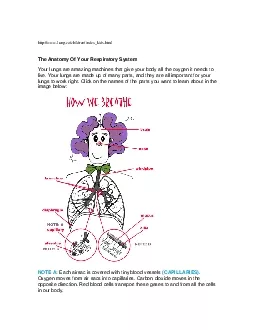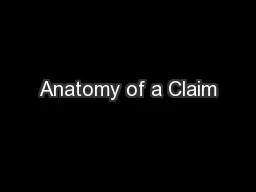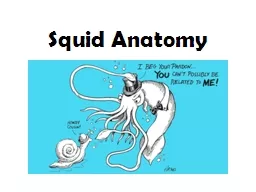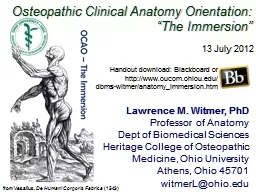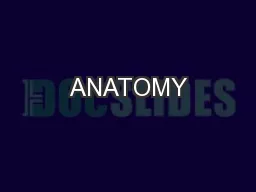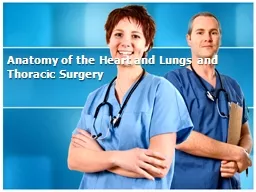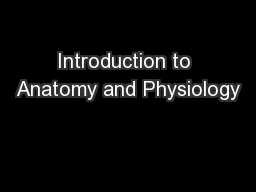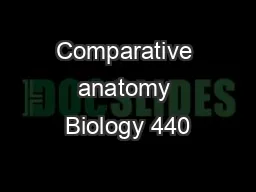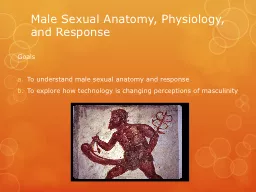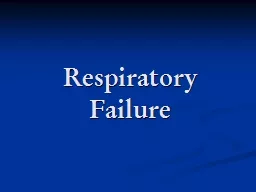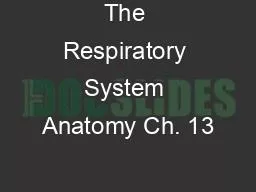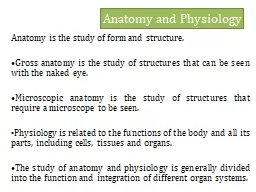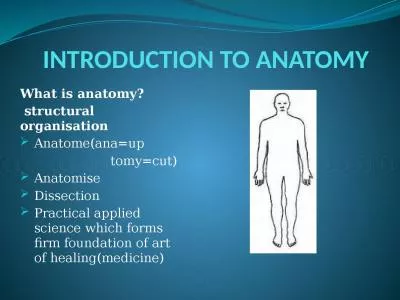PDF-httpwwwlungcachildrenindexkidshtml The Anatomy Of Your Respiratory
Author : ethlyn | Published Date : 2021-09-25
NOTE A Each airsac is covered with tiny blood vessels CAPILLARIES Oxygen moves from air sacs into capillaries Carbon dioxide moves in the opposite direction Red
Presentation Embed Code
Download Presentation
Download Presentation The PPT/PDF document "httpwwwlungcachildrenindexkidshtml The A..." is the property of its rightful owner. Permission is granted to download and print the materials on this website for personal, non-commercial use only, and to display it on your personal computer provided you do not modify the materials and that you retain all copyright notices contained in the materials. By downloading content from our website, you accept the terms of this agreement.
httpwwwlungcachildrenindexkidshtml The Anatomy Of Your Respiratory: Transcript
Download Rules Of Document
"httpwwwlungcachildrenindexkidshtml The Anatomy Of Your Respiratory"The content belongs to its owner. You may download and print it for personal use, without modification, and keep all copyright notices. By downloading, you agree to these terms.
Related Documents

